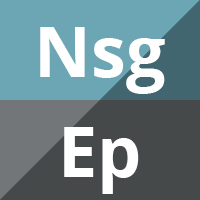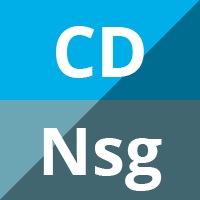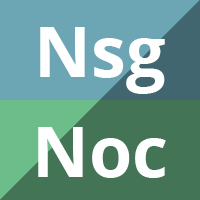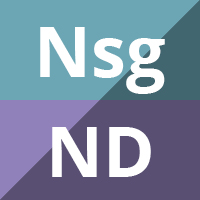
Antiepileptic drugs for the primary and secondary prevention of seizures after subarachnoid haemorrhage
Abstract Background Subarachnoid haemorrhage may result in seizures both acutely and in the longer term. The use of antiepileptic drugs (AEDs) in the primary and secondary prevention of seizures after subarachnoid haemorrhage is uncertain, and there is currently no consensus on treatment. Objectives To assess the effects of AEDs for the primary and secondary prevention […]
Flow-regulated versus differential pressure-regulated shunt valves for adult patients with normal pressure hydrocephalus
Abstract Background Since 1965 many ventriculo-peritoneal shunt systems have been inserted worldwide to treat hydrocephalus. The most frequent indication in adults is normal pressure hydrocephalus (NPH), a condition that can be difficult to diagnose precisely. Surgical intervention with flow-regulated and differential pressure-regulated ventriculo-peritoneal shunts remains controversial. Knowledge about the benefits and harms of these interventions […]

Early versus delayed mobilisation for aneurysmal subarachnoid haemorrhage
Abstract Background Rebleeding is an important cause of death and disability in patients with aneurysmal subarachnoid haemorrhage (SAH). In order to prevent rebleeding, the preferred strategy is aneurysm ablation (removal) as early as possible. However, in clinical practice some patients are not suitable for surgical treatment, or prefer conservative treatments. In some countries, therefore, total […]

Temozolomide for high grade glioma
Abstract Background High grade glioma (HGG) is an aggressive form of brain cancer. Treatment of HGG usually entails biopsy, or resection if safe, followed by radiotherapy. Temozolomide is a novel oral chemotherapy drug that penetrates into the brain and purportedly has a low incidence of adverse events. Objectives To assess whether temozolomide has any advantage […]

Hyperbaric oxygen therapy for the adjunctive treatment of traumatic brain injury
Abstract Background Traumatic brain injury is a common health problem with significant effect on quality of life. Each year in the USA approximately 0.56% of the population suffer a head injury, with a case fatality rate of about 40% for severe injuries. These account for a high proportion of deaths in young adults. In the […]

Barbiturates for acute traumatic brain injury
Abstract Background Raised intracranial pressure (ICP) is an important complication of severe brain injury, and is associated with high mortality. Barbiturates are believed to reduce ICP by suppressing cerebral metabolism, thus reducing cerebral metabolic demands and cerebral blood volume. However, barbiturates also reduce blood pressure and may, therefore, adversely effect cerebral perfusion pressure. Objectives To […]

Steroids for acute spinal cord injury
Abstract Background Acute spinal cord injury is a devastating condition typically affecting young people, mostly males. Steroid treatment in the early hours after the injury is aimed at reducing the extent of permanent paralysis during the rest of the patient’s life. Objectives To review randomized trials of steroids for human acute spinal cord injury. Search […]

Surgical decompression for cerebral oedema in acute ischaemic stroke
Abstract Background Large cerebral infarction has a high case fatality. Despite the use of conventional medical treatments such as hyperventilation, mannitol, diuretics, corticosteroids and barbiturates, the outcome of this condition remains poor. Decompressive surgery to relieve intracranial pressure is performed in some cases, although evidence of any clinical benefits has not been available until recently. […]

The effects of anaesthetic agents on cortical mapping during neurosurgical procedures involving eloquent areas of the brain
Abstract Background In patients presenting for surgical resection of lesions involving, or adjacent to, the functionally important eloquent cortical areas, it is vital to achieve complete or near complete resection of the pathology without damaging the healthy surrounding tissues.The eloquent areas that the surgeons are concerned with are the primary motor, premotor cortex, supplementary motor […]

Neurosurgical interventions for the treatment of classical trigeminal neuralgia
Abstract Background Surgical interventions are used for trigeminal neuralgia when drug treatment fails. Surgical treatments divide into two main categories, ablative (destructive) or non-ablative. These treatments can be done at three different sites: peripherally, at the Gasserian ganglion level, and within the posterior fossa of the skull. Objectives To assess the efficacy of neurosurgical interventions for […]

